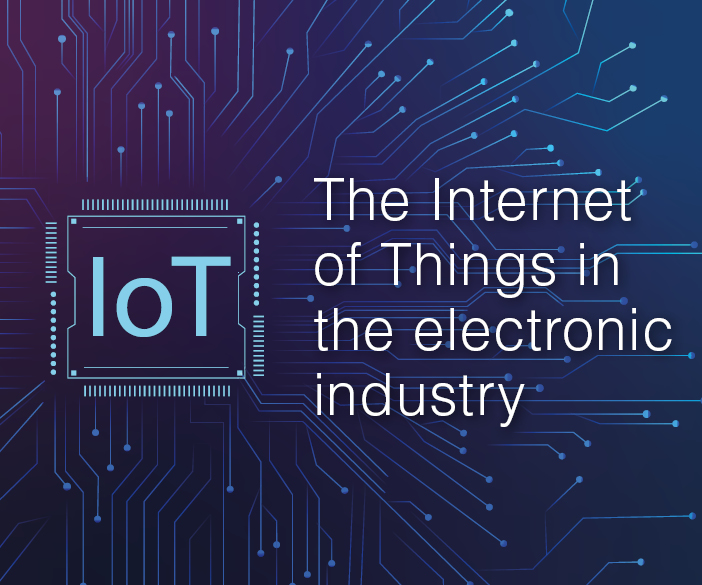
The Internet of Things: the accuracy of data in the electronic industry
I. What is IoT and how does it fit the industry?
One of the technologies that are having a significant impact on the electronics industry is currently that of the Internet of Things (IoT). According to research by the fortune business insights report, the IoT in the manufacturing market reached 27,76 billion dollars in 2018 and it is expected to reach 136,83 billion dollars by 2026.
The main innovation introduced by the IoT consists in creating an interaction among electronic equipment of different types – including home appliances – through the internet connection, that which makes them accessible and detectable by the manufacturer’s network. In particular, this system facilitates the exchange of information useful for operations, which ultimately allow to make more efficient decisions, both in the short and long term, based on them.
The introduction of the IoT in the electronic manufacturing industry can be a key element in the re-evaluation of production processes with a look towards the transformation of operational and management practices typical of the sector.
II. Which are the most important functions of IoT?
The equipment based on IoT systems collect a large amount of data relating to the devices on which they are implemented mainly through the use of cloud systems and sensors. The data obtained by tracing the performance of the devices will be reprocessed in the form of structured reports and insights, to be adequately understood and evaluated by the final decision maker.
In particular, the IoT systems based on the use of sensors enable the electronics industry to collect data in real time and analyze the progressive production process, accelerating potential updates and identifying gaps and relevant problems. In addition to these opportunities, the introduction of the IoT in electronics has the potential to detect the root cause of deviations in the production process.
III. What types of management objectives can the company achieve through the use of the IoT?
In general, the company that chooses to use IoT technologies has the ability to:
• Reduce costs while increasing productivity, thanks to advanced device synchronization;
• Obtain a more innovative, safe and efficient product, thus guaranteeing greater performance reliability to those who apply it;
• Anticipating the expectations and needs of those who apply the product through optimization paths catalyzed by predictive analysis.
The great added value of the IoT revolves around the provision, in real time, of data regarding the performance of the company’s products, especially in terms of productivity and delivery times. Data engineering thus allows the company to create new value propositions with the aim of obtaining a greater competitive advantage.

